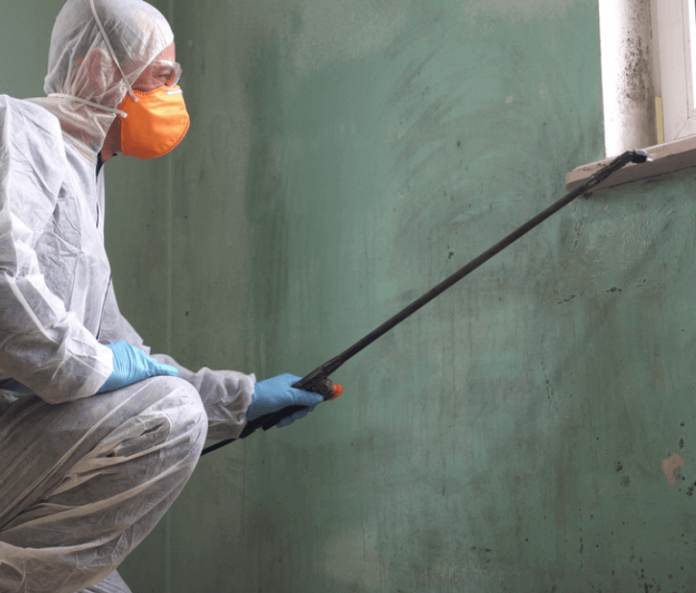Powdery mildew is a fungus that can affect plants and appears as light gray or white powder-like spots usually found on infected leaves, but it also spreads underneath the plant’s surface to newer growth.
The infection eventually covers most of your leaf tissue with new infections being more susceptible than old ones because they haven’t had time yet to develop immunity against this pathogen.
Powdery mildew is a fungal infection that thrives in hot, dry climates. It needs fairly high humidity like the warm days and cool nights of late spring to early summer for its growth cycle but it also benefits from plenty of sunlight as well as good air circulation around buildings because this helps combat condensation which could lead you into having an issue with mold or fungus growths on your property.
If you let the fungal tendrils in your garden get out of control, they can rob plants like tomatoes and roses of water. They also cause minor damage such as leaves turning yellow or withered up but some infections will result in a weakened plant with slower growth rate which leads to less blooms than expected. You can visit moldtestingcrew.com to know more about mold removal.
Protection From Powdery Mildew
Powdery mildew is a fungal infection that can occur on your plants. Here’s how you prevent it before the problem arises:
- Maintain a healthy air circulation within your garden by thinning out existing plants and making sure there is adequate space between them.
- The more distance that exists, the better to help reduce relative humidity in this area of the home or office building. You should also keep ventilation high with open windows during summer months when temperatures are warmer than average.
- To keep plants healthy, it’s important that you locate them in the proper sunlight according to their needs. Maintain a balanced ecosystem by removing dead or diseased foliage and disinfecting pruners after use on infected plant material so they can continue providing nutrients for new growth cycles without bringing an additional risk into your home garden.
- Powdery mildew is a disease that can attack your plants and cause them to wilt. To protect against it, apply chemical fungicides such as sulfur on an ongoing basis when planting new growth in order not to over-fertilize them with nutrients or else risk running into problems like these.
How To Treat Powdery Mildew?
Powdery mildew is a nasty little condition that can quickly grow out of control. You might be able to prevent it with the right product, but in case you already have an infection take these steps for treatment.
Spray mixtures will only kill what they come into contact with so make sure all affected areas are coated thoroughly and try applying once per week- maybe even every other day if needed. It may take several applications before complete success occurs; just keep at this until your clothes start looking as good as new again.
-
Baking soda solution:
Mixing together 1 tablespoon of baking soda and ½ teaspoon liquid soap like Castile will create a paste-like substance that you can spray on top or bottom leaves as well any area affected by powdery mildew. This may work better as prevention than cure, though it does have some effect even if just used beforehand!
-
Potassium bicarbonate:
In a bowl, mix together 1 tablespoon of potassium bicarbonate and ½ teaspoon liquid soap. Now add this mixture to one gallon water in order for it to turn into baking soda spray which you can use on your eligible plants/rooms that are infected by fungus or bacteria that trips insects like mealy bugs.
-
Neem oil
Neem oil is a natural way to treat powdery mildew and it can be added as an extra boost when using these other mixtures.
If you are suffering from mold problems at home, you should also check air quality and you can use air purifiers too.
